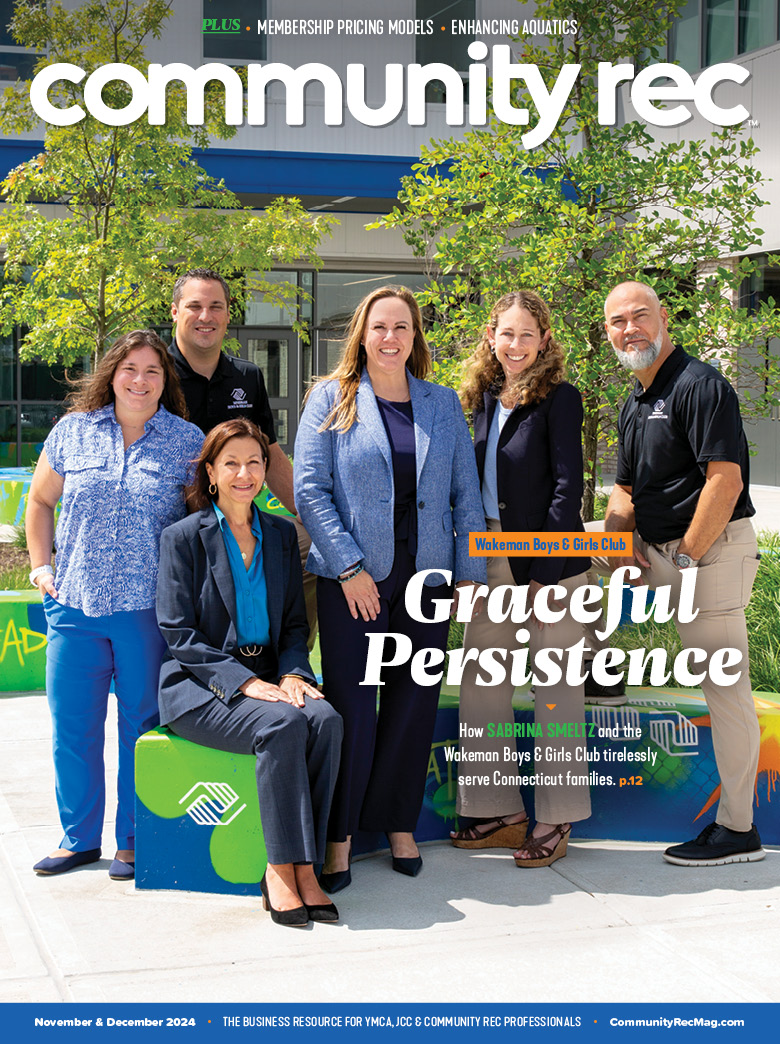“Doing business without advertising is like winking at a girl in the dark. You know what you are doing, but nobody else does.” — Steuart Henderson Britt
If you are in any fitness leadership role, you know driving interest in your new and existing programs is paramount to continued success. It doesn’t matter how great your boot camp class is if no one knows about it or if your marketing falls flat.
Fortunately, there is a relatively basic set of standards you can follow to ensure maximum impact of your marketing materials. But before we can understand implementing impactful marketing, we need to understand the basic buyer’s journey.
A prospective member will go through various stages of self-evaluation before making a buying decision: thought, interest, risk, engagement and action (TIREA). Use fitness membership as an example:
- Thought — Prospects walk by people working out. They’re not ready to commit, yet they recognize its availability.
- Interest — This occurs when one wants or needs something. The level of interest increases as a person feels they are not meeting their own varying health and wellness expectations.
- Risk — One will weigh the risk associated with joining a fitness program. They may want to join, but what if they commit to a year contract and then never use it?
- Engagement — This is an emotional response when a prospective member’s interest and desire exceeds the risk.
- Action — The prospect is willing to assume the costs and risks to achieve what is desired.
Understanding this journey, we can now interject ourselves into the process and effectively market to our client’s needs. A successful promotion will create four things, in this order: attention, interest, desire and action (AIDA).
- Attention — The marketing must attract the attention of members to make them aware.
- Interest — Raise a member’s interest by focusing on the “what’s in it for me?”
- Desire — Convince members that the service will meet or exceed their needs.
- Action — Clearly lead members on what next steps they need to take to participate.
Here are a few additional notes to maximize your promotions impact:
- The prospective member must be made aware of the promotion with consistency and frequency.
- Speak to pain or pleasure — these are the motivators to action. In fitness, we typically market to the pain. The majority of our prospective members come to us to lose weight or feel better. Few will seek us out to become better athletes or as a desire to run a marathon faster.
- A good promotion creates urgency and tremendous value.
- Add a quick action bonus (i.e., “The first ten members will also receive…”).
Below is an example of a successful marketing promotion I have run in the past. This works best as a one-day promotion because we are qualifying the discount based on celebrating a Member Appreciation Day event.
Personal Training January Promo – Buy 5 – 1 Hour training sessions at the 30-minute rate.
Headline: Bold and Large Font “Give us 30 minutes, and we will give you 1 Hour!”
Sub-headline: Bold “Enjoy up to 40% off when you act now!
Body: Do you want to feel and look better this year? Are you not seeing the progress that you had expected?
To help us celebrate Member Appreciation Day when you enroll for 5 Personal training sessions at the 30-minute rate, we will upgrade you them all to 1-hour sessions for free! You save $230 by acting today!
This opportunity ends on January 27th, 2020.
Bottom Line: Bold and Large Font “The first five members to enroll will also receive a complimentary one month upgrade to XXXX.”
Success isn’t a happy accident. Neither is running a successful promotion. Follow the steps above, and you will see interest in your fitness offerings skyrocket.
Jason R. Stowell is the division director of fitness and wellness for JCC of Greater Pittsburgh. He is an award-winning fitness leader with over 20 years of successful experience providing strategic planning, talent management, and expert-level sales training in the health and fitness industry. Connect with him on LinkedIn here.










